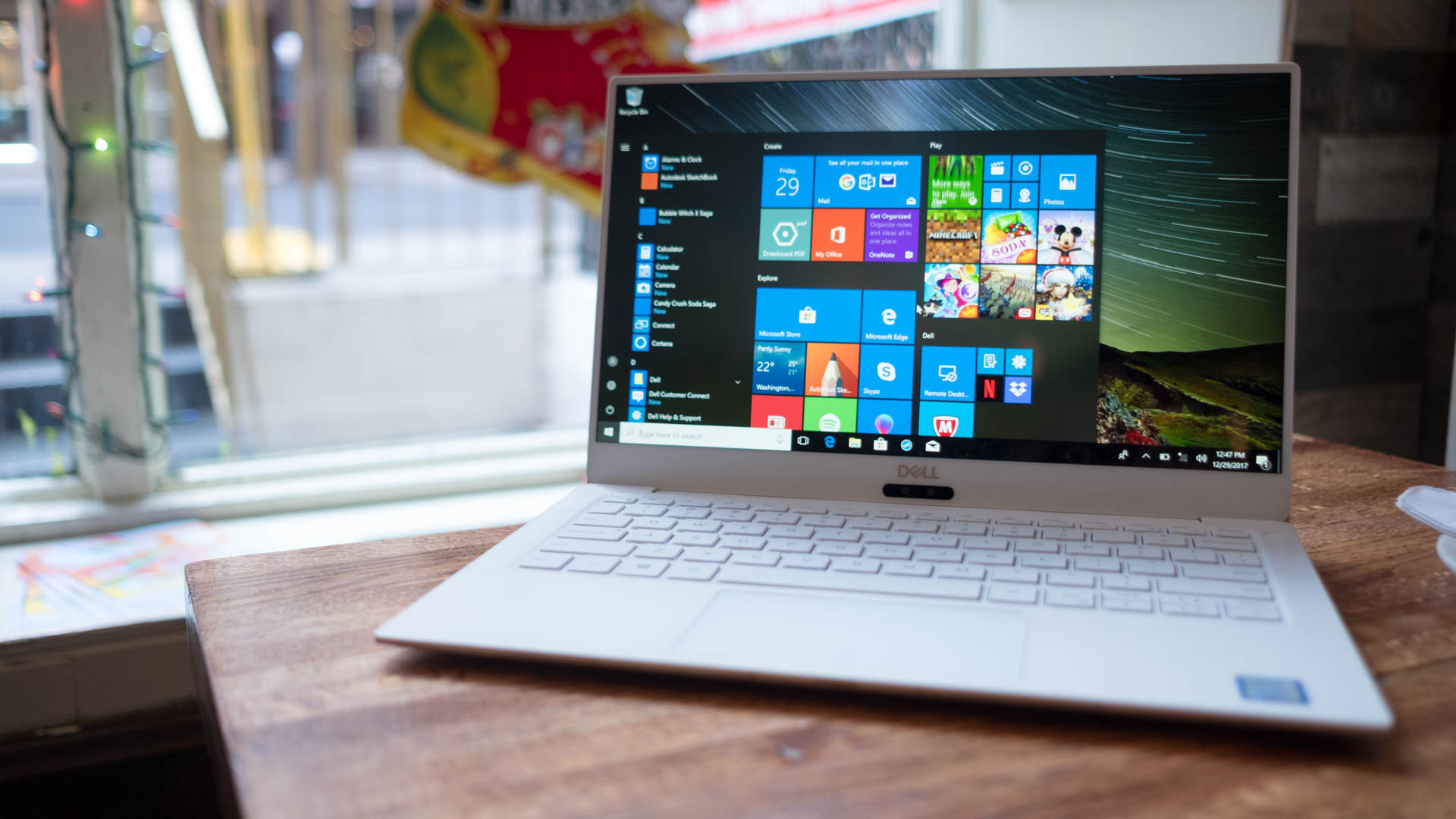What is an Ultrabook?
The best of the best

When looking to buy a new laptop, you may have noticed that some premium thin, light and powerful laptops are referred to as Ultrabooks. But what is an Ultrabook?
The term Ultrabook became popular towards the end of 2011, when Intel wanted a term to differentiate modern thin and fast laptops from the laptops that came before.
Over the years laptops had become smaller and more portable, but Ultrabooks were designed to go even further, combining the very latest technology in impressively thin and lightweight bodies.
Ultrabook features
When Intel first defined Ultrabooks, it set a number of criteria that laptops needed to meet to be labelled as an Ultrabook.
First of all, to be an Ultrabook, a laptop needs to be incredibly thin: under 1-inch thick. Before 2011, there were thin laptops, but these often made sacrifices in other areas to get their size down.
Intel envisioned Ultrabooks that boasted all the features found in regular laptops, but in a thin and light body. Advances in technology have helped Ultrabooks become even thinner in recent years, while getting more powerful as well.

Intel also wanted Ultrabooks to be a showcase for its latest technology, so they had to include features such as Intel Rapid Start, which means Ultrabooks could wake up and load up Windows in five seconds or less.
Sign up for breaking news, reviews, opinion, top tech deals, and more.
This involved putting the Ultrabook into a low-powered hibernation state, and Intel intended for these devices to be able to stay in that state for up to 30 days before needing to be recharged. This meant that Ultrabooks usually come with solid state drives (SSDs).
Having an SSD also meant Ultrabooks could make use of Intel Smart Response, which is a feature that stores frequently used files and apps on fast SSD storage, so that the Ultrabook performs faster than a regular laptop.
Battery life
Intel also wanted Ultrabooks to have longer battery lives than powerful laptops, with Ultrabooks lasting five hours or more on a single charge. This is achieved by using components that have been specially chosen for their power saving features.
As we mentioned earlier, modern technology has meant that laptop technology has become both more powerful and more power efficient, which means Ultrabooks do not need to make compromises when it comes to prolonging battery life.
Most modern Ultrabooks will run on mobile versions of Intel’s 8th generation Core processor family. These are Intel’s most powerful consumer processors to date, offering up to 40% better performance than 7th generation chips, according to Intel.
We’ve tested a number of laptops (Ultrabook and otherwise) with 8th generation processors, and we can confirm that there is a significant performance increase with laptops rocking the latest Intel processors – especially if you go from a dual-core laptop to a quad-core one. The more cores a processor has, the better it is at multitasking.
Not only are these chips more powerful, they require less power, which helps your battery life last longer.

Ultrabooks: the alternatives to MacBooks
When Ultrabooks were first conceived, they were envisioned as Intel-toting Windows-running alternatives to Apple’s thin and light MacBooks. MacBooks gained a reputation for offering powerful devices in gorgeous designs, and Ultrabooks do the same.
MacBooks also gained a reputation for being very expensive, and while Ultrabooks are pitched as premium devices, they should still cost less than a MacBook, with most around the $1,000/£1,000/AU$1,800 price tag. That’s not cheap, but it’s a more affordable prospect than a MacBook or MacBook Pro.
Since their inception, Ultrabooks are now far more than “just” Windows-based alternatives to MacBooks. They’ve shown how you can have a brilliantly powerful Windows machine that has a thin and light design and solid build quality, with all the latest features built in.
If your budget can stretch to one, by buying an Ultrabook, you can be sure that you will be getting an elegant and fast laptop that’s thin, light and durable, with a battery that should see you through the workday.
- If you’re interested in buying one, check out our best Ultrabooks list, for the very best models money can buy

Matt is TechRadar's Managing Editor for Core Tech, looking after computing and mobile technology. Having written for a number of publications such as PC Plus, PC Format, T3 and Linux Format, there's no aspect of technology that Matt isn't passionate about, especially computing and PC gaming. He’s personally reviewed and used most of the laptops in our best laptops guide - and since joining TechRadar in 2014, he's reviewed over 250 laptops and computing accessories personally.